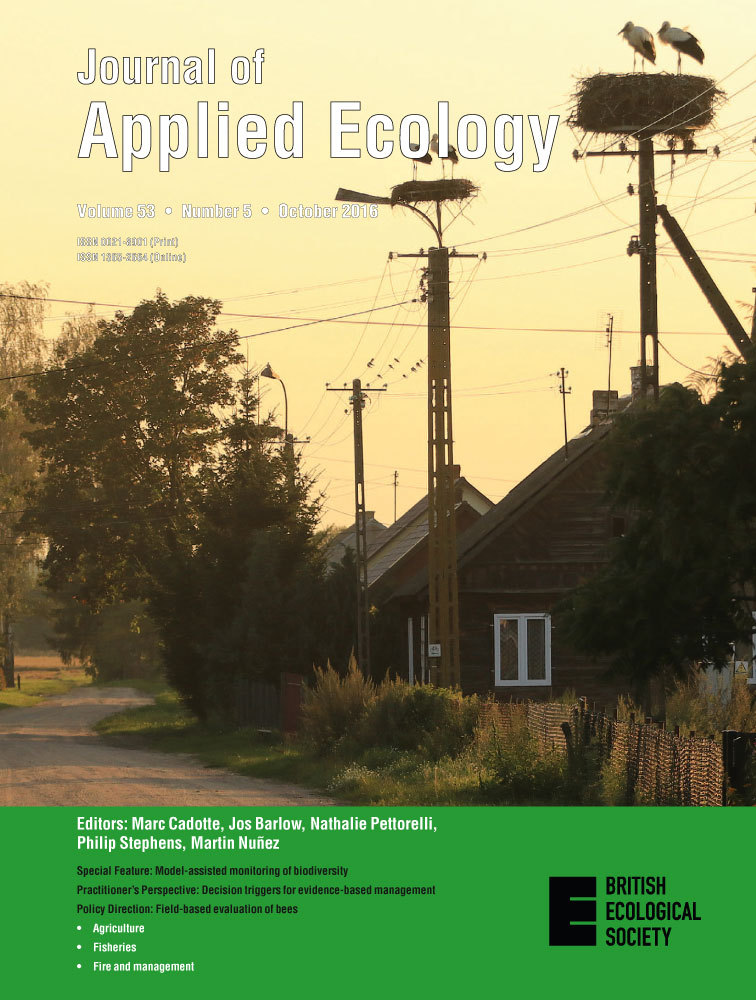
| |
Título del Articulo: Trans-Amazonian natal homing in giant catfish Autores UMSS: Carvajal-Vallejos F. Autores: Duponchelle F., Pouilly M., Pécheyran C., Hauser M., Renno J.-F., Panfili J., Darnaude A.M., García-Vasquez A., García-Dávila C., Doria C., Bérail S., Donard A., Sondag F., Santos R.V., Nuñez J., Point D., Labonne M., Baras E. Facultad: Ciencias y Tecnología Centro: Unidad de Limnología y Recursos Acuáticos (ULRA)Fecha de Publicación: 2016 Numero de Paginas 1511-1520
Abstract:
Knowledge of fish migration is a prerequisite to sustainable fisheries management and preservation, especially in large international river basins. In particular, understanding whether a migratory lifestyle is compulsory or facultative, and whether adults home to their natal geographic area is paramount to fully appraise disruptions of longitudinal connectivity resulting from damming. In the Amazon, the large migratory catfishes of the Brachyplatystoma genus are apex predators of considerable interest for fisheries. They are believed to use the entire length of the basin to perform their life cycle, with hypothesized homing behaviours. Here, we tested these hypotheses, using the emblematic B. rousseauxii as a model species. We sampled adults close to major breeding areas in the Amazon basin (upper Madeira and upper Amazonas) and assessed their lifetime movements by measuring variations in 87Sr/86Sr along transverse sections of their otoliths (ear stones) using laser ablation multicollector mass spectrometry (LA-MC-ICPMS). We demonstrate that larvae migrate downstream from the Andean piedmont to the lower Amazon, where they grow over a protracted period before migrating upstream as adults.
Para mas informacion aproximarse por : Unidad de Limnología y Recursos Acuáticos (ULRA) en la facultade de Ciencias y Tecnología |